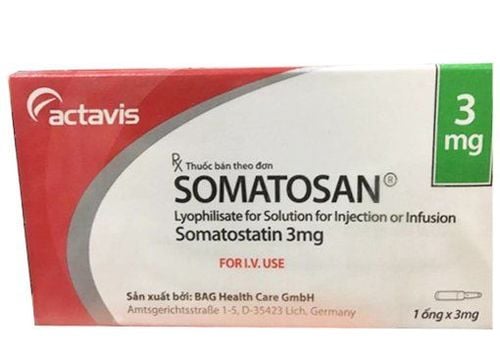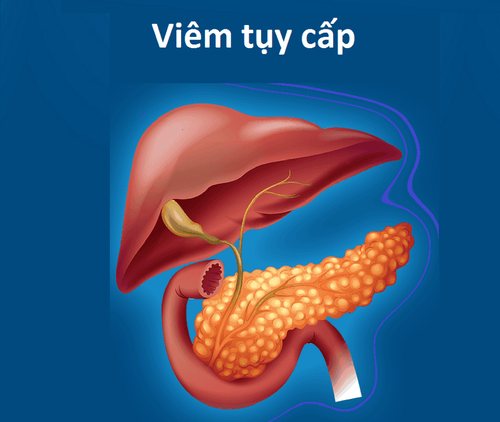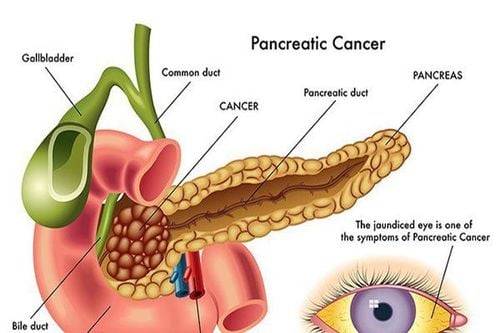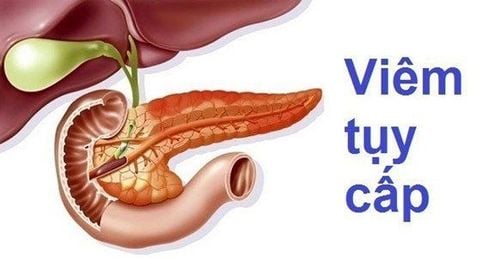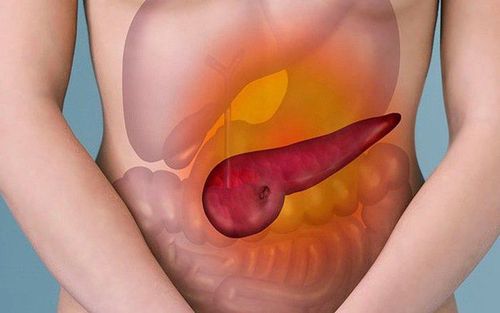This is an automatically translated article.
Trypsin is an important digestive enzyme found in the small intestine. The enzyme trypsin catalyzes the breakdown of proteins into smaller substrates that can be absorbed into the bloodstream through the lining of the small intestine.1. What is trypsin enzyme?
Trypsin is an important digestive enzyme, found in the digestive system of many vertebrates, where the enzyme trypsin performs the role of hydrolyzing proteins. Trypsin is made by the pancreas in its pro-enzyme form, called trypsinogen. Then, trypsinogen is activated in the small intestine, becoming the active form, capable of breaking down the protein chains into smaller forms for the body to absorb. This process is known as trypsin proteolysis or trypsinization. Proteins that have been digested or treated with trypsin are called "trypsinized" proteins.
Trypsin was first discovered in 1876 by scientist Wilhelm Kühne. The enzyme trypsin is currently being applied in many scientific works, in biotechnology and even in the field of medicine to treat diseases.
2. What does the enzyme trypsin do?
The action of the enzyme trypsin is mainly expressed in the duodenum (ie the first part of the small intestine). Trypsin acts as a catalyst for peptide bond hydrolysis, which breaks down proteins into many smaller peptides. The peptides are then further hydrolyzed into amino acids by other digestive enzymes, from which they can be absorbed into the bloodstream through the small intestinal mucosa.
Thus, trypsin is considered an important link in the process of food digestion. Digestion by the enzyme trypsin is a necessary step in protein breakdown and absorption, because proteins are too large in molecular weight to be absorbed into the bloodstream through the intestinal mucosa.
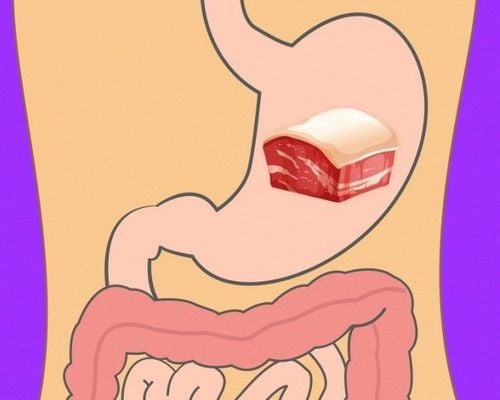
Tác dụng của enzyme trypsin thể hiện chủ yếu ở tá tràng (tức phần đầu của ruột non)
The pancreas is an organ that secretes trypsin, but in its inactive form, it is trypsinogen. When trypsinogen reaches the intestine, where thanks to enterokinase secreted by the intestine, the new trypsinogen continues to be converted into trypsin (the active form). However, if trypsin for some reason is activated in the pancreas, it will cause damage to the organs. These injuries must be mentioned first of all to the vascular system: Causing vasodilation, stagnation of circulation, leading to edema and disturbances in oxygen supply to cells. If this condition persists, the cellular hypotrophy becomes more and more severe, leading to necrosis and hemorrhage. Activation of the enzyme trypsin is the first phase of acute pancreatitis, and edema is considered to be the primary lesion of pancreatitis.
3. Application of trypsin enzyme in disease treatment
Trypsin is used for patients who lack the necessary enzymes for the digestion of food. Trypsin is also used in combination with bromelain and rutin in the treatment of osteoarthritis.
Some post-traumatic patients can apply trypsin directly to wounds and sores to remove dead tissue and accelerate tissue growth and healing. In addition, this enzyme is used as a combination prescription spray, used to treat mouth sores (this product contains trypsin, peru balsam, and castor oil extract). Trypsin is also used for a number of other uses.
Currently trypsin is available in oral and topical forms on the skin for wound healing (as prescribed by a doctor). The dose of trypsin may not be the same for each individual patient. However, the dosage is generally determined based on the patient's age, medical condition, and several other factors. Treatment with trypsin has the potential to lead to unwanted effects and interactions with certain ingredients.
Please dial HOTLINE for more information or register for an appointment HERE. Download MyVinmec app to make appointments faster and to manage your bookings easily.




